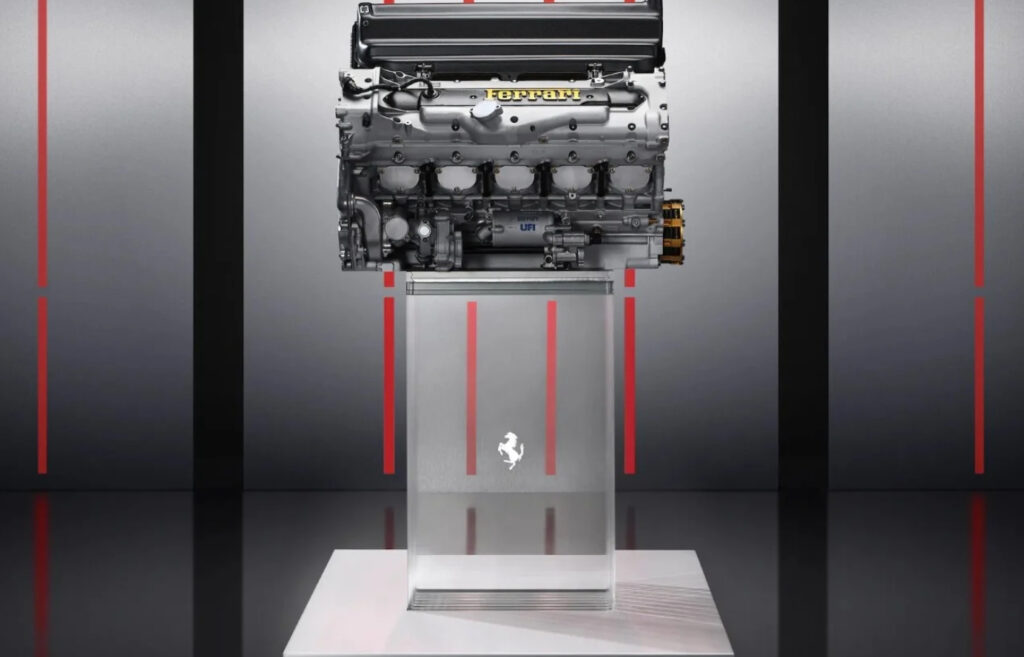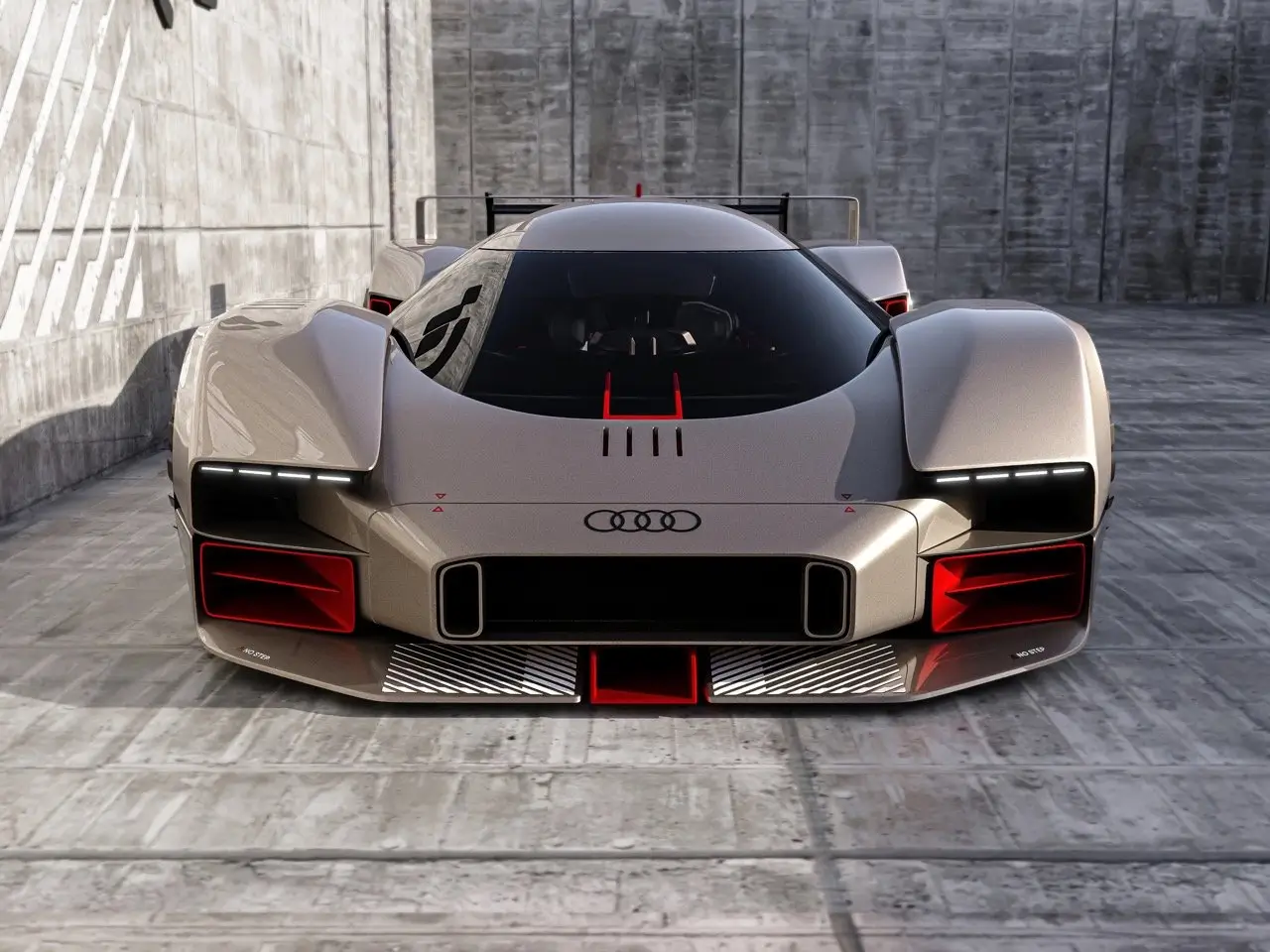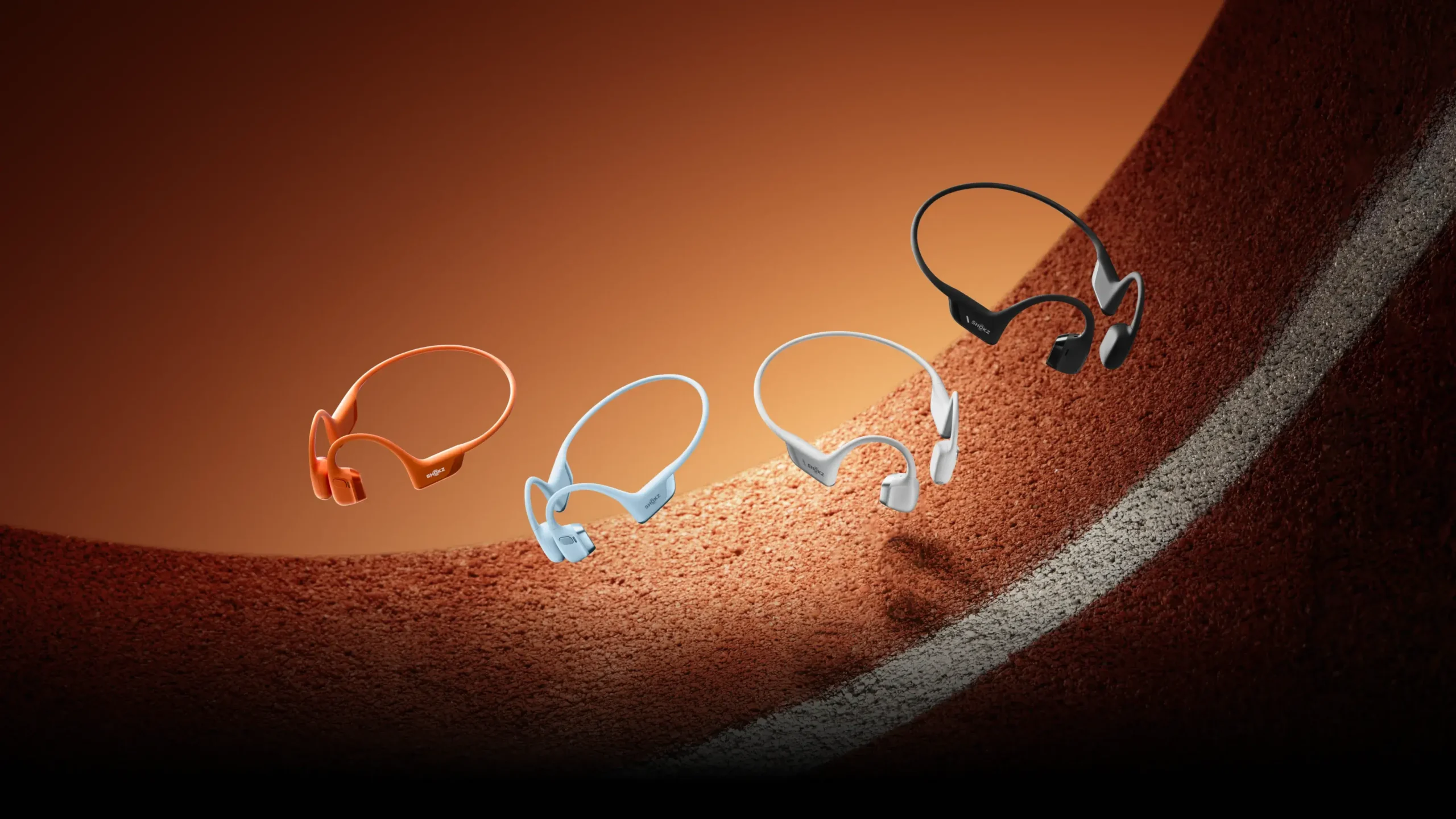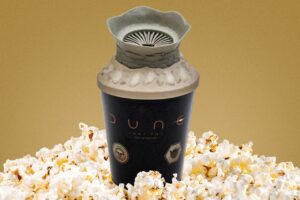
Some people hang Monet prints. Others invest in Bored Apes. But for those who thrill at the sound of a V12 echoing through Mugello, who believe combustion is poetry, Ferrari Collectibles is about to become the ultimate object of desire. Debuted at Milan Design Week 2025, this new line of sculptural works from the Prancing Horse doesn’t just pay homage to motorsport history — it physically encases it in aluminum, glass, and reverence.
This is not metaphor. Ferrari has taken genuine parts — pistons, camshafts, valves, crankshafts — from its most legendary Formula One and GT racecars, restored or recontextualized them, and presented them as museum-grade design objects. Every bolt, bend, and burn mark is a reminder of the redline pursuit of perfection.
In short, this isn’t just automotive art. It’s engineered memory, and it signals a new frontier in how performance brands tell their stories — not through nostalgia, but through objectified power.
From Grid to Gallery: Why Ferrari Entered the Art World
It was only a matter of time. In recent years, luxury automotive brands have made significant strides into design culture, with exhibits and pop-ups that straddle fashion, architecture, and collectible furniture. Porsche’s furniture collaborations, Bugatti’s carbon-fiber lifestyle objects, and even Lamborghini’s NFT ventures have tested the limits of where a car ends and culture begins.
But Ferrari, with its unmatched racing pedigree and reputation for engineering excellence, has always existed in a more sacred space. Unlike others, it didn’t need to scream about lifestyle. Its red badge was lifestyle.
So when Ferrari finally made the leap into collectible art and interior installation, it did so not with flashy reinvention — but with reverent transformation.
Rather than creating objects inspired by racing, Ferrari instead recasts the actual components that once endured thousands of kilometers, podium pressure, and legendary drivers. These aren’t tributes. They’re relics.
What’s In the Collection?
The Ferrari Collectibles line includes a series of standalone pieces, each mounted with the solemnity of a war medal. Current highlights include:
- F2004 Titanium Camshaft: Used in Michael Schumacher’s dominant F1 car, this piece is displayed on a carbon-fiber plinth, with engraved specs and race data.
- Piston from the 812 Competizione: A minimalist display with a suspended aluminum piston, dramatically up-lit to expose the intricate heat aging and stress marks.
- V12 Exhaust Trumpets: Arranged in a linear sculpture reminiscent of an organ pipe, these trumpet pieces echo the sound waves they once carried at 9,500 rpm.
- Crankshaft Centerpiece: Weighing over 30kg and CNC-polished, this piece forms the centerpiece of a glass table that blends brutalism with fine engineering.
- Wind Tunnel Model Winglet: Used in actual aerodynamic testing, this composite piece is suspended mid-air with museum wires — a gesture to movement, even in stillness.
Each item is accompanied by provenance documentation from Ferrari Classiche or Scuderia Ferrari archives, as well as a QR-linked digital display of the part’s racing history, engine blueprint, and relevant driver notes. In some cases, audio clips of race telemetry or in-car team radio provide multisensory immersion.
This isn’t just decor. It’s documentation.
Form, Function, and the Ferrari Code
There’s a seductive paradox at play in Ferrari Collectibles: these pieces were once invisible, buried deep in engine bays, designed not to be seen, but to endure. Now, liberated from the cars they once powered, they serve a different kind of function — emotional ignition.
The design language remains faithful to Ferrari’s performance-first ethos. There’s no added ornamentation, no postmodern embellishment. The piston remains a piston. The camshaft is still a camshaft. But their framing — matte black aluminum casings, high-gloss acrylic shadowboxes, concrete display pedestals — creates a visual language of reverence.
This aesthetic restraint underscores a larger truth: Ferrari parts are already sculptures. Their tolerances, finishes, and mechanical symmetry reflect an artistry born not from abstraction, but from necessity.
When stripped from their utility and placed in a gallery setting, they don’t lose power. They gain meaning.
Engineering as Emotion: The Motorsport Soul Translated
To the untrained eye, a camshaft is a cylinder with lobes. But to a fan, it’s the conductor’s baton in an engine’s symphony. It dictates breath, rhythm, and response. It’s what gave the F2004 its snarling intake growl and split-second precision. That object, now hanging above someone’s minimalist console, carries within it a soundtrack of victory.
This emotional resonance is central to Ferrari Collectibles. The idea is not just to show the past, but to let it vibrate into the present.
That’s why each piece includes extensive archival storytelling — not just part numbers, but when and where they were used, who drove them, and what races they survived. Suddenly, a fragment of metal becomes a chapter in a 300 km/h opera.
This is object fetishization done right: not for the sake of ego or exclusivity, but for kinetic intimacy.
Designing for the Devoted: Who Buys This?
Ferrari Collectibles is not aimed at casual fans. These pieces are made for connoisseurs, collectors, and design-conscious gearheads — people who understand that a single piston might be more meaningful than a shelf full of trophies.
Pricing has not been officially disclosed for every piece, but insiders suggest:
- Entry-level table pieces (single pistons, branded mounts): $3,000–$7,000
- Mid-tier structural pieces (twin-turbo manifolds, camshafts): $10,000–$25,000
- Signature display centerpieces (V12 crankshaft table or full cylinder bank): $35,000+
Each piece is limited, serialized, and offered first to Cavallino Rampante collectors, Ferrari Classiche members, and museum clients before general release.
This rollout strategy positions Ferrari Collectibles as not just interior objects, but as investable art with provenance.
Milan Design Week: Why Here, Why Now?
Ferrari’s choice to debut the collection at Milan Design Week is as strategic as it is symbolic. As the global epicenter of furniture and design innovation, Milan has increasingly become a proving ground for cross-disciplinary luxury — where fashion houses build gardens, watchmakers sponsor architecture talks, and now, Ferrari hangs pistons like portraits.
The exhibit, housed in a temporary gallery inside the Palazzo Bovara, was arranged with the precision of a curated art show. White cube walls. Soft directional lighting. Interactive floor panels playing idle engine sounds. A robotic arm slowly rotated a camshaft under spotlight — equal parts performance and product display.
For Ferrari, the message was clear: we are more than horsepower. We are heritage. We are art.
Beyond Milan: A Traveling Engine Room
Following its Milan debut, Ferrari plans to take the Collectibles exhibit on a worldwide tour, beginning with:
- Tokyo Design Week
- Frieze London
- Design Miami
- Art Basel Hong Kong
Each stop will include localized additions — such as F1 components from Suzuka for Japan, or GT car intakes from Le Mans for Paris — drawing regional emotional resonance into the otherwise universal language of metal and motion.
An online configurator, set to launch later this year, will allow users to curate their own piece based on model, year, or even driver association — though supply, as expected, will be limited.
When the Engine Becomes the Icon
In a world where technology often disappears behind screens and interfaces, Ferrari reminds us that hardware still has soul. By elevating the parts that once roared down straights and hugged corners at terrifying speed, the brand reframes engineering as not just function — but form with meaning.
Ferrari Collectibles doesn’t just celebrate motorsport. It converts it into a design language, one built not of pixels or prose, but of metal under pressure.
If you’ve ever stood at the edge of a racetrack, heart beating to the rhythm of downshifts, you already understand. That camshaft isn’t art because Ferrari says so. It’s art because it moved you.
No comments yet.









